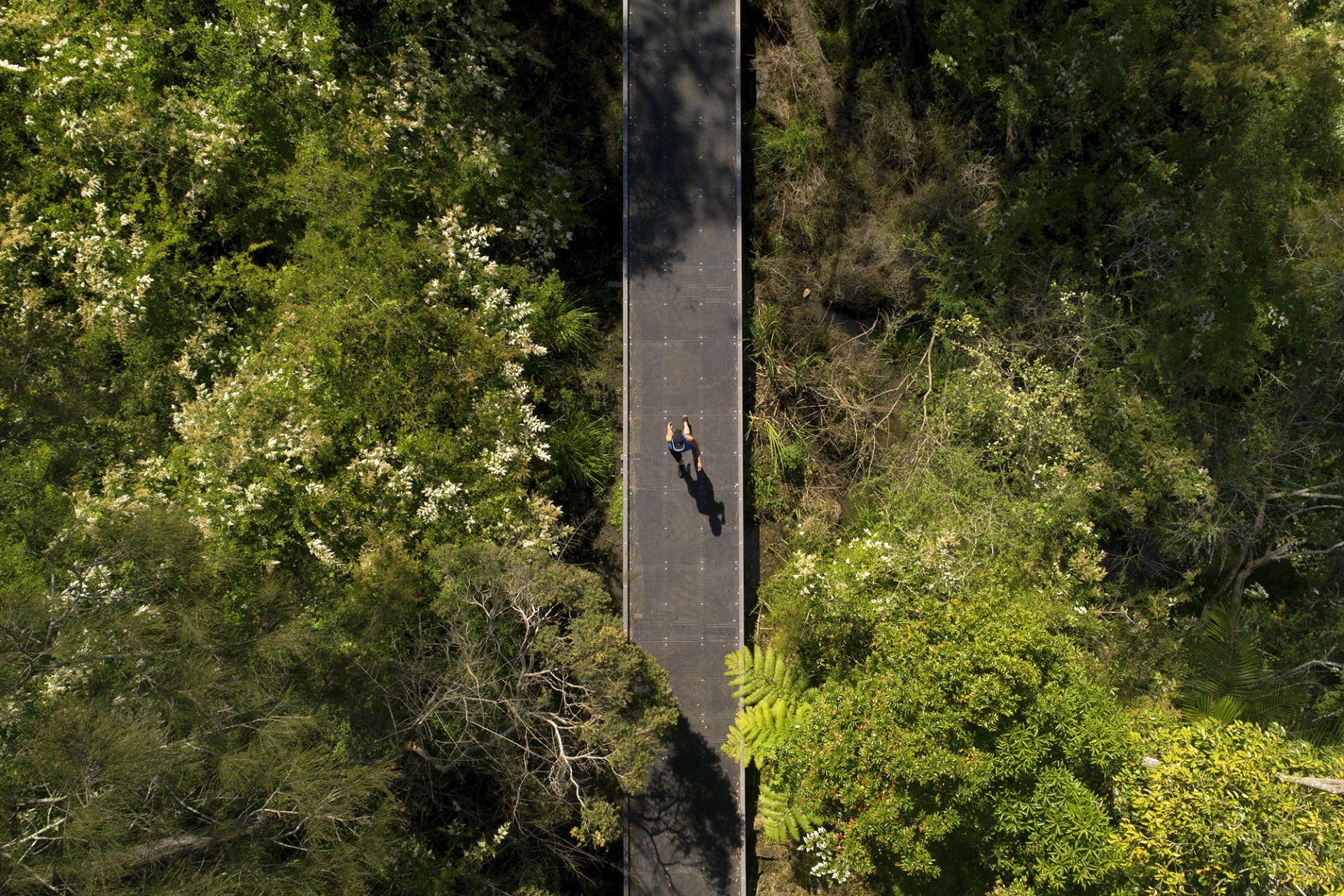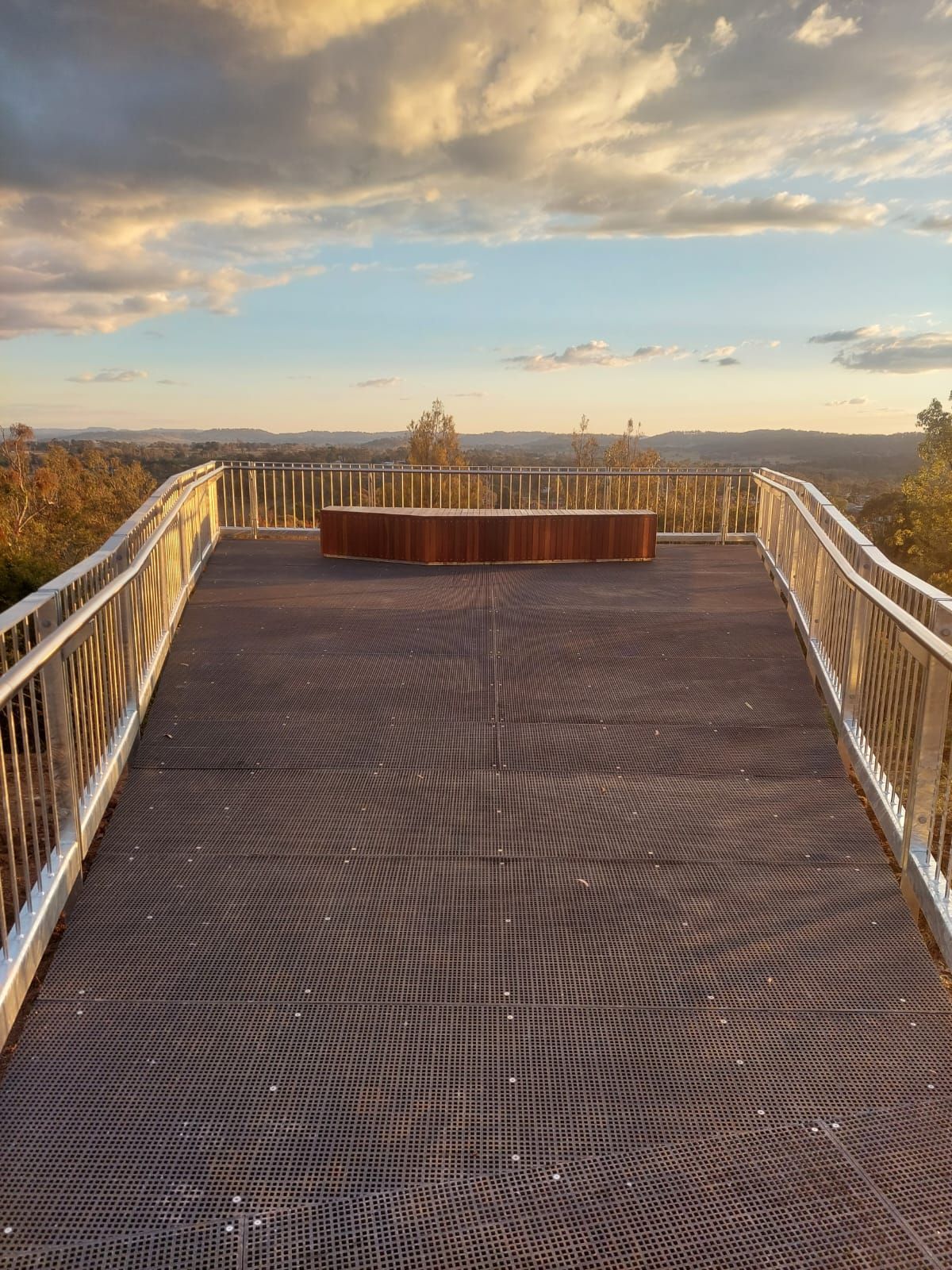Defending against budget blowouts
If you’re not factoring in the potential for future increases and including realistic contingencies in your numbers, you may be exposing your project to cost shock down the track.
Future Cost Planning: Your best defence against budget blowouts.
Cost escalation is part of almost every conversation we have right now. After all, with prices continuing to rise across the board – in many cases, by record levels – today’s budget can look very different from tomorrow’s budget.
If you’re not factoring in the potential for future increases and including realistic contingencies in your numbers, you may be exposing your project (and stakeholders) to headaches and cost shocks down the track. But the good news is there are options.
What can you do about it?
When it comes to keeping a lid on inflation and price rises, our general advice is always the same: start early and bring a long-term perspective to your cost planning. For more specific strategies, we asked three senior Fleetwood team members to share their top tips for avoiding unexpected financial and/or reputational fall-out on projects in volatile times.
Here’s what they had to say…

Adrian Trimmer, Project Leader.
a. Engage early on design – Early involvement allows better value management by designing realistically to your budget. It also means you won’t spend thousands on design documentation only to find a key element costs three times what you thought!
b. Seek engineering input up front – Getting early engineering input, even just informally, can help to ensure the most economical build for your structure. If something is going to be prohibitively complex or expensive, you want to know asap.
c. Don’t delay on procurement – The later you leave things the more you’ll usually pay, especially on items with longer lead times. Also procure directly whenever you can to cut out margins from ‘middle men’.
d. Fewer links in the project chain – Fleetwood’s end-to-end inhouse capacity can directly mitigate cost risk by streamlining the design & delivery process, reducing the number of contractors (who all need to add their own margin) and maximising your buying power. Less really is more.
Identify & separate volatile costs – Some costs can be confidently controlled, while others are more likely to be subject to uplift pressure. By separating these as a provisional sum (costs to be confirmed at the time of order), you’ll have much greater certainty on design, delivery and pricing.

Dean Coote, Estimating Manager.
a. Keep things moving – The longer your project stretches out the more cost increases you’re likely to experience along the way.
b. Try to be flexible on your design – This allows us to explore the most cost-effective ways to realise your creative intent, even if they’re a little different to what you’d originally envisaged.
c. Factor in the impact of inflation – It’s a fact prices are rising. Be up front with your stakeholders about the potential for cost increases to avoid surprises and awkward conversations down the track.
d. Choose your suppliers wisely – It can be tempting to use someone ‘cheap’ who’s untested or doesn’t have a lot of experience in the current times. My advice is stick to a supply chain you know and trust.
e.
Share your project budget – It’s virtually impossible to hit a budget when you don’t know what it is. Having this vital information allows us to bring value in designing something to your desired intent, while also striving toward a realistic budget.

Andy Forsyth, Product Development Manager.
a. Early engagement & early commitment – In my experience, this is one of the most critical factors to assist in managing cost volatility on projects. There’s no such thing as ‘too early’.
b. Consider material price stability – Different materials will be far more susceptible to cost increase and volatility than others, so consider this carefully during the design phase of your project.
c. Actively reduce delays – Streamlining your approval processes as much as possible is another way to reduce the likelihood of cost increases. Delays cost money, sometimes lots of money unfortunately.
Worried about budget blowouts? Want assistance with future cost planning?
SPEAK WITH A COST PLANNING EXPERT
Here at Fleetwood, we have an expert inhouse team of Project Leaders, Estimators, Designers and Shop Detailers. With decades of hands-on experience delivering high-quality outdoor structures, they’re available to discuss your project, right up front, to help you get a clearer picture of future costs and potential areas of exposure.
We can facilitate Design Cost Workshops to help you and your key stakeholders navigate the various budget scenarios to determine the best way forward – long before you commit to a final program or structure.
Contact us today for details.
More from Fleetwood Files.

Explore
Certifications
Environmental Management : ISO14001
Quality Management : ISO 9001
OHS Management : ISO 45001
All Rights Reserved | Fleetwood Urban | Privacy Policy




